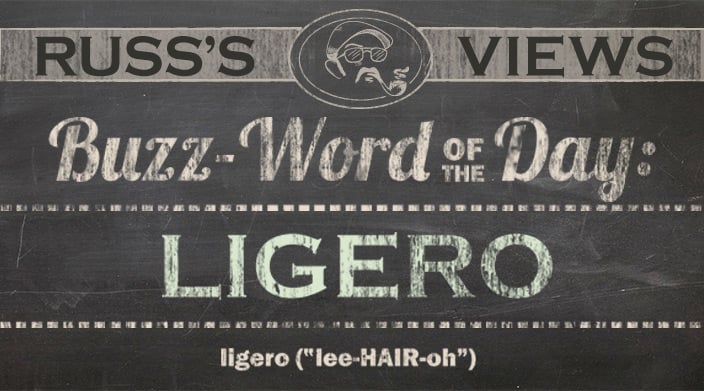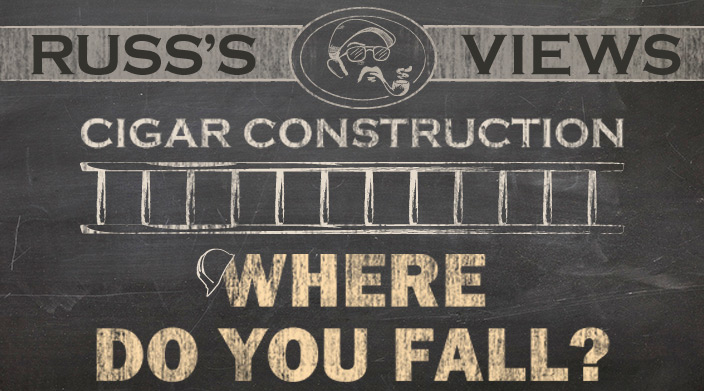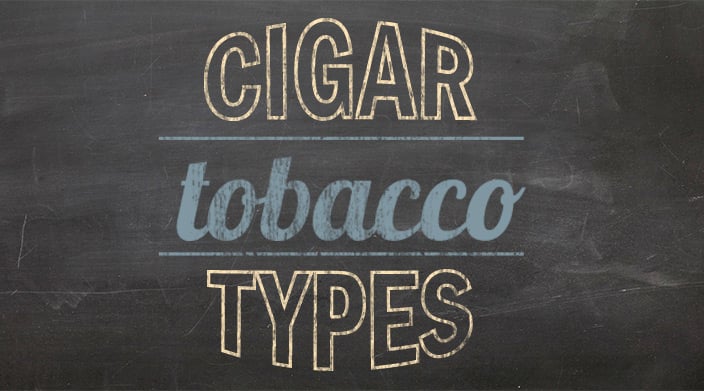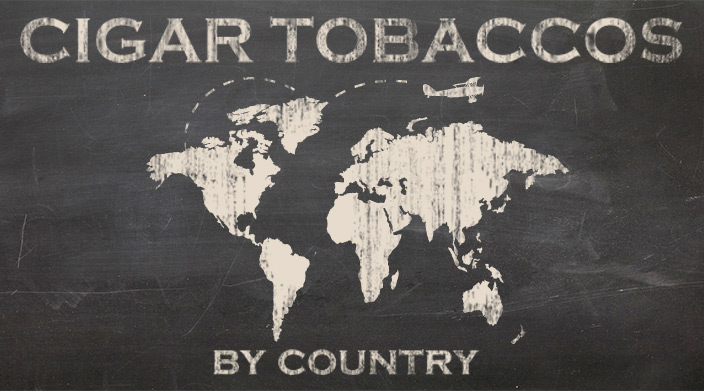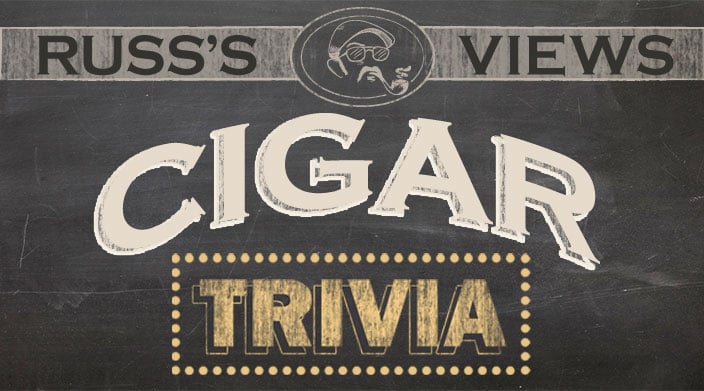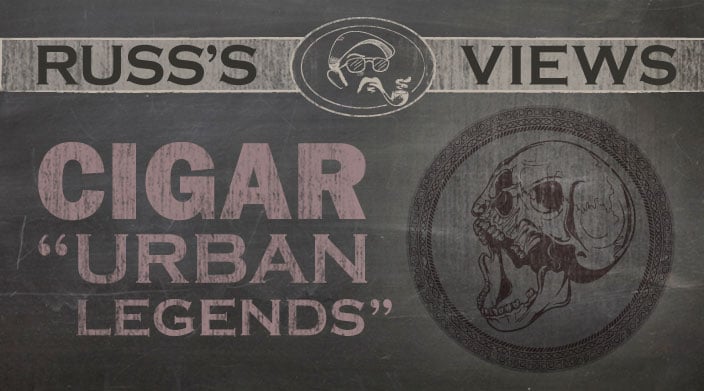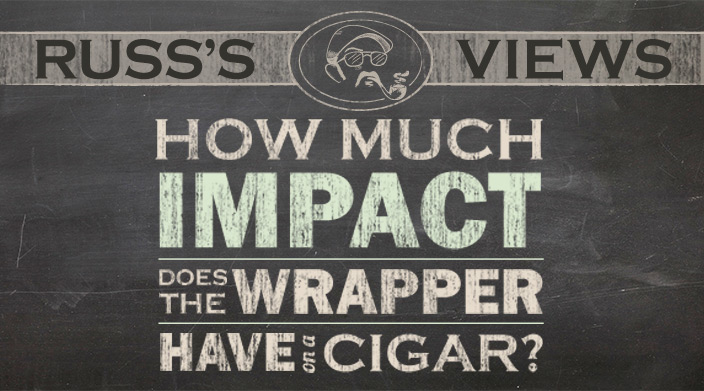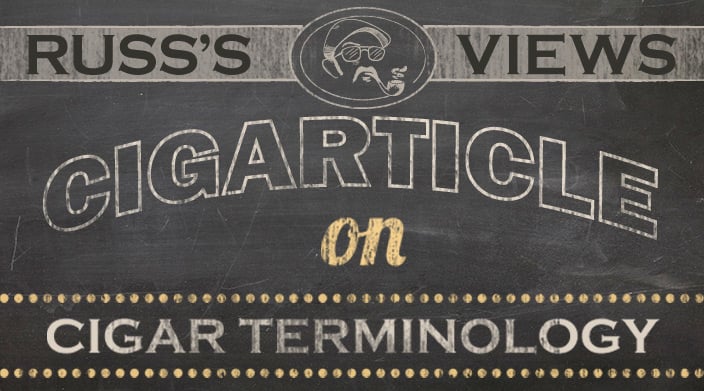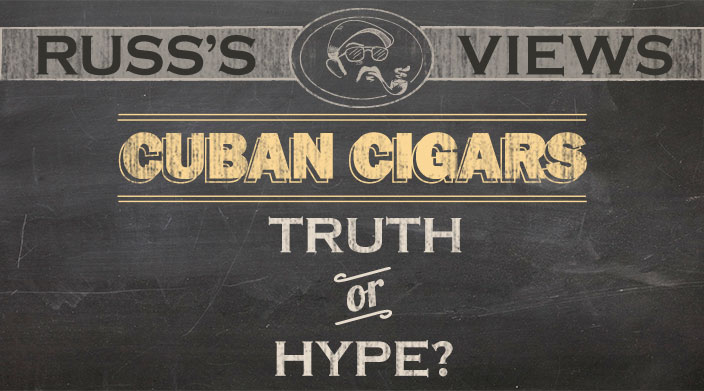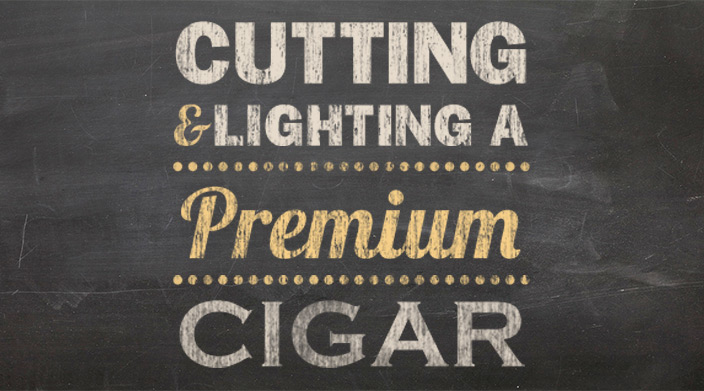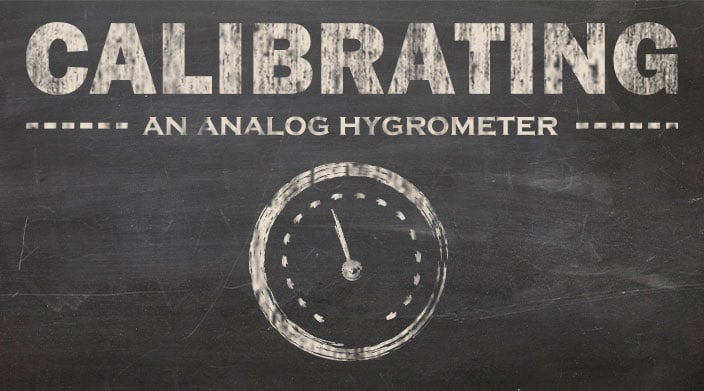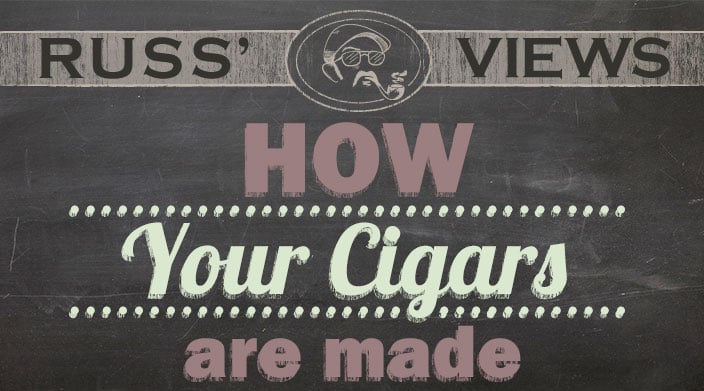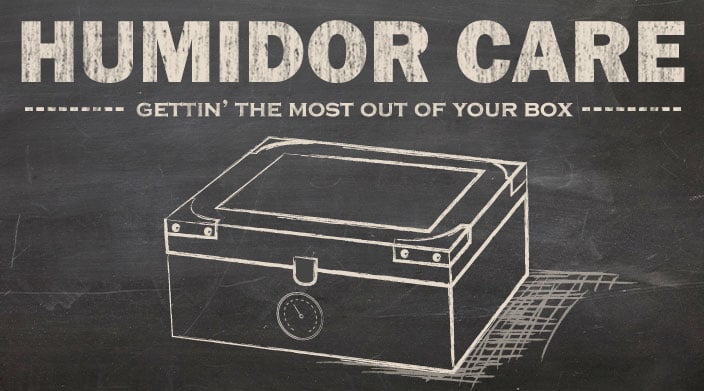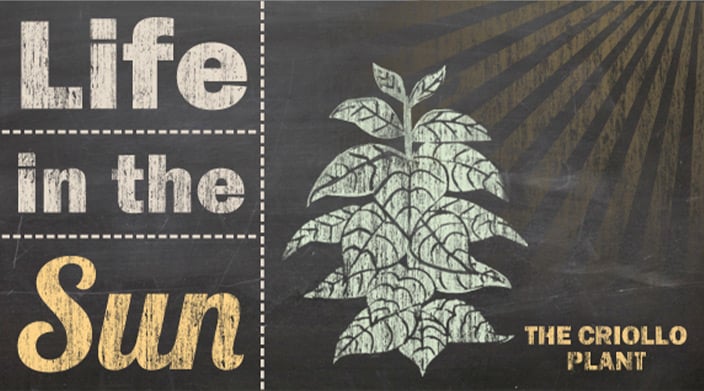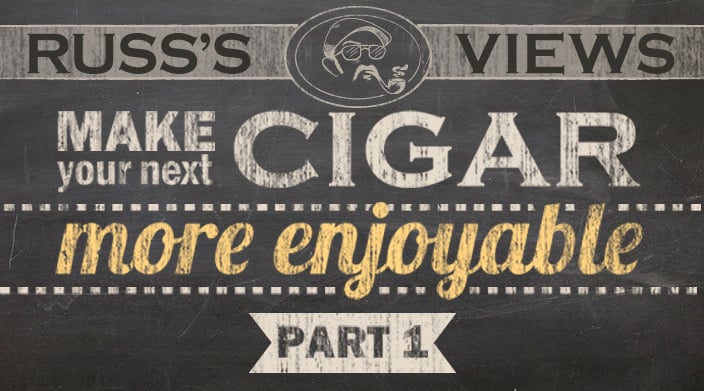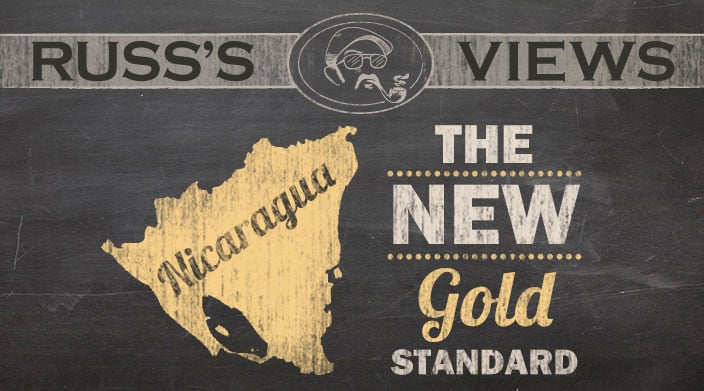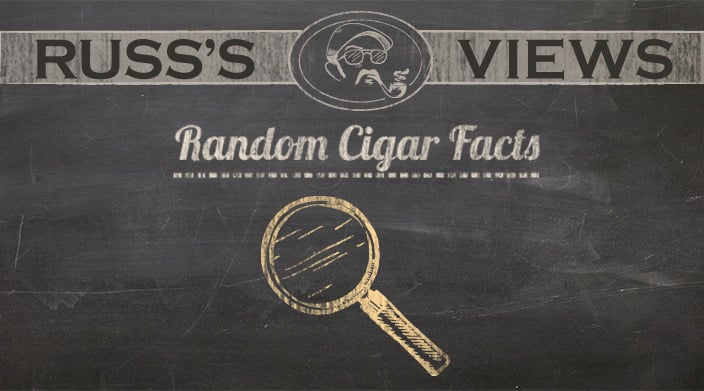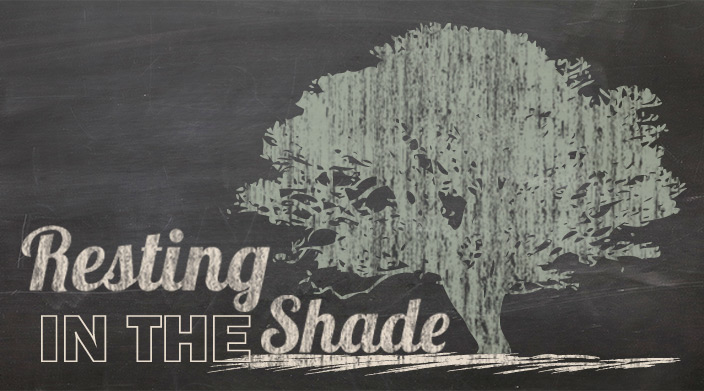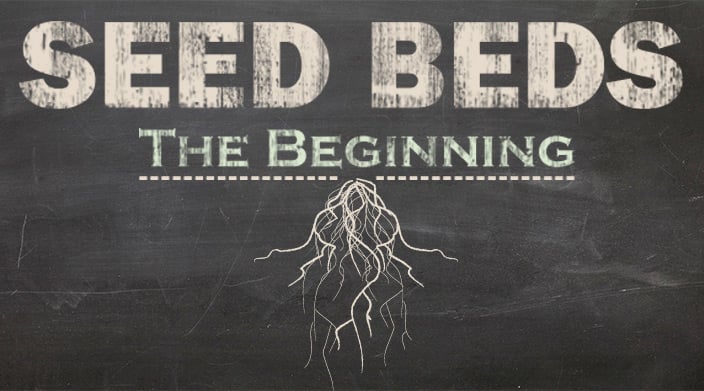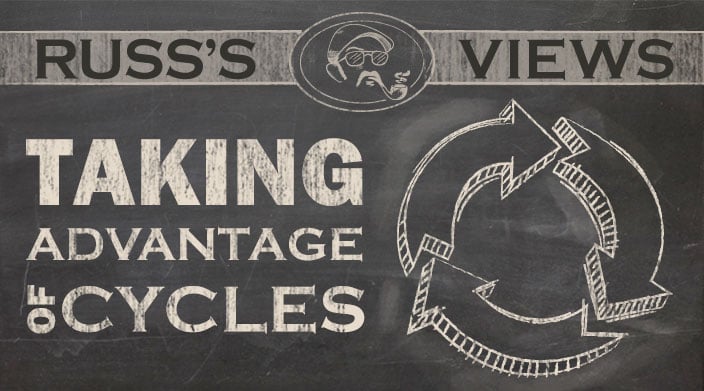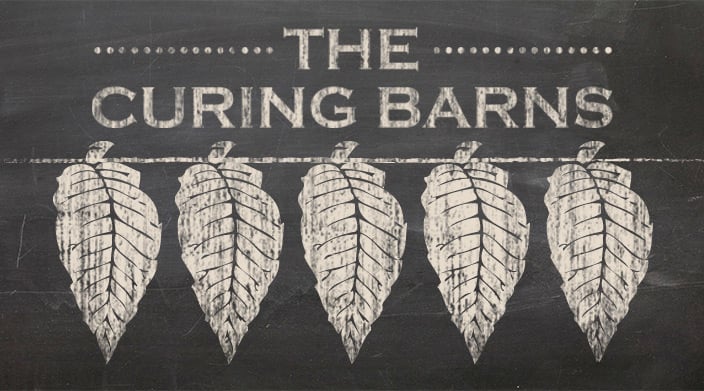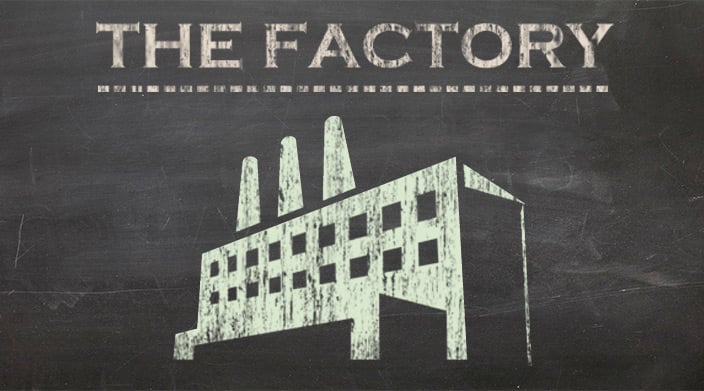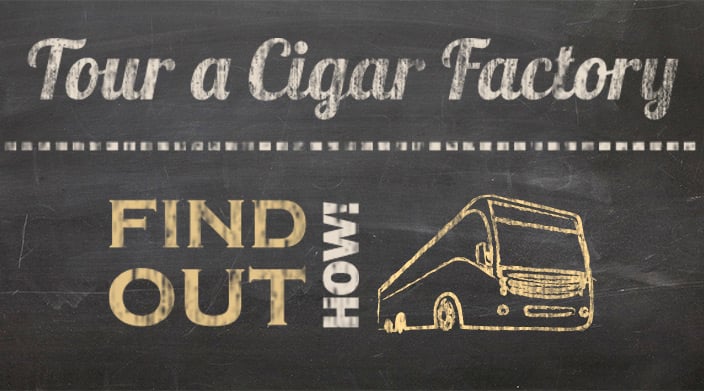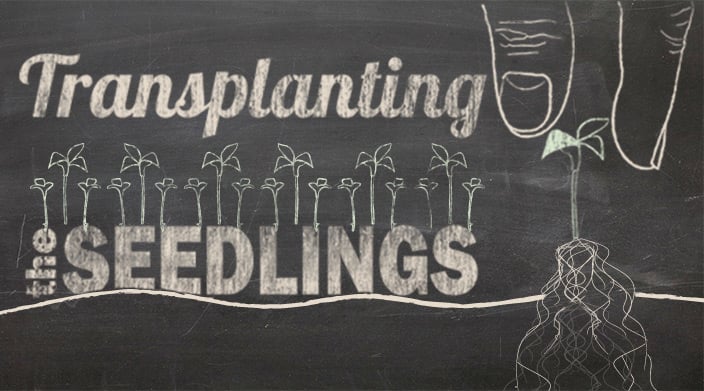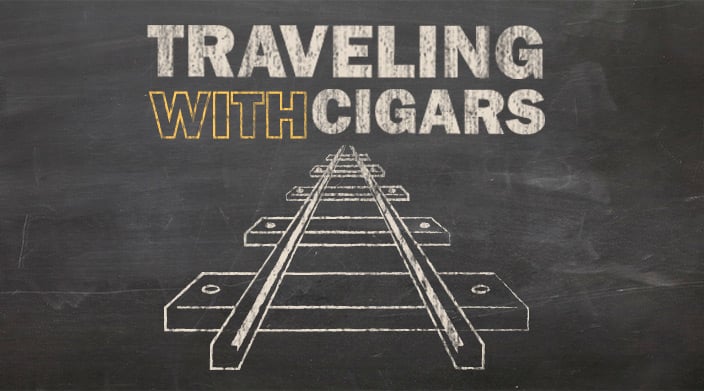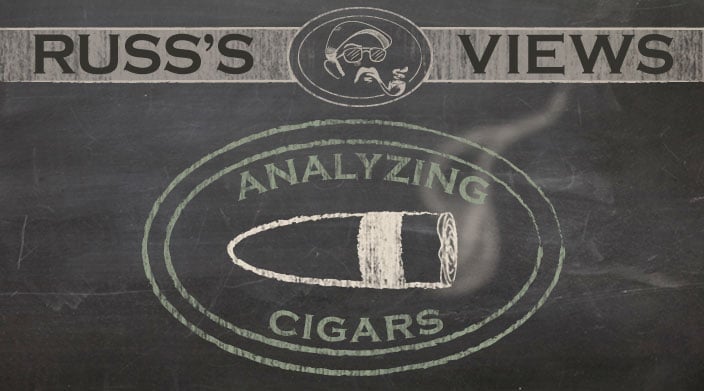For about the last ten to fifteen years, there’s been a distinct movement in the tastes of the American premium cigar enthusiast from the mellower, Connecticut-wrapped favorites of the seventies and eighties to the more robust and powerful Nicaraguan and Honduran blockbusters. At the heart of these stronger stogies is something that most cigar smokers know by name, but aren’t really sure of: ligero.
Ligero is a Spanish word meaning subtle (as in, “not heavy”), although in this case it means stronger. It has reached a point where many people think that ligero refers to the cigar itself, but in actuality it is individual leaves of tobacco that are called by that name.
The names of the different sections of a cigar tobacco plant can be confusing, so let’s use the most common terms (going from bottom to top)- volado, seco, viso, ligero, corona. Ligero is a more general term referring to the top 5 (or so) rows of leaves on the plant. Corona is a subset of ligero, usually identifying the top 2 rows, and the higher up the plant, the more powerful in flavor and nicotine. So all corona leaves are ligero, but not all ligero is corona.
In the more traditional premium hand rolled cigar, the typical construction had ligero only in the very center of the filler, and great care was used to make sure that the stronger leaf was in the very middle of the bunch so that the cigar would burn as evenly as possible, as ligero burns more slowly than the lower leaves. Mellow cigars would have a filler blend made of volado, seco and/or viso with one piece of ligero, normally from the 3rd to 5th rows of leaves. Medium-bodied cigars would usually leave out the volado, and the ligero could be from any of the top 5 rows. The stronger cigars were mostly seco and viso with a piece of corona ligero. All of that changed with the introduction of the Camacho Corojo.
Strength isn’t only determined by where on the plant the leaf comes from, but also the strain of tobacco and where it’s grown. Corona leaves from a Connecticut shade-grown plant from around Windsor Locks would still be not much stronger than medium-bodied, while viso from a Nicaraguan Corojo or Criollo grown in the Esteli region would still be hefty. Before getting into the more modern blending method, let’s look at why those top-of-the-plant leaves are so rich and powerful. Firstly, the top leaves get the most sunlight, which is a contributing factor in the strength (which is why tobaccos meant to be mellower are often shade-grown). Secondly, cigar tobacco is not harvested like pipe or cigarette tobaccos. Those tobaccos are usually stalk-cut, meaning that the whole plant is cut at the stalk and then brought in for curing. Cigar tobacco is “primed,” using a method of harvesting the leaves one row at a time, starting from the bottom. The bottom row is called sand leaves, and these are usually composted or discarded. Then, after some days pass, the first volado leaves are picked. These leaves are normally quite large, and tend to be mellow. The leaves become progressively smaller and stronger. By picking from the bottom up, the upper leaves wind up getting more nutrients and sunlight, which allows them to become spicier and more flavorful.
Today, the mold had been broken. Powerhouses like the Joya de Nicaragua Antaño, the Oliva Serie V, and Casa Magna wouldn’t have been dreamed of 20 years ago. Back then there were strong cigars, but the strength was a by-product of blending a tasty smoke; today, it’s more like the blender’s target. In the past no one ever mentioned using ligero as a binder or wrapper, especially because the often leathery ligero leaves burn more slowly. If you’ve smoked any very full-bodied cigars, then you know that the wrapper near the foot can often get puckered and wrinkly, and the cigars can tunnel fairly easily. This is due to the thickness and sappiness of those wrapper leaves. How can that be handled? Easy, put more ligero in the blend and then everything will burn more slowly.
When the Antaño first came out, I smoked the Belicoso, which is only 6.5 inches long, yet I got an hour and forty-five minutes out of it, and the second one lasted just shy of 2 hours. So, between the thicker leaf and a rolling method that packs a little more tobacco in the cigars, I noticed a 20-50% increase in smoking time. Now we’re seeing more new cigars that are “all-everything”- there’s all-maduro, all-corojo and (drumroll, please) all-ligero. That last one sounds a bit ominous, doesn’t it? I’m sure that most cigar smokers, if offered an all-ligero cigar, would have visions of spinning around in circles, seeing brightly colored spots and stars, hearing a steam whistle, and having extreme body function issues. The truth of the matter is that most of the double-, triple-, and all-ligero blends use 3rd to 5th row ligero, often from strains and growing regions that will yield a lighter-flavored, lower nicotine content tobacco. So, cigars with lots of upper priming leaves aren’t necessarily going to knock you out, but they could depending upon the blend and your sensitivity to Vitamin N.
Oh, by the way, I was asked by a customer a few months ago about a cigar with a maduro ligero wrapper. He wanted to know how the wrapper could be both a maduro and ligero. The answer is that one has nothing to do with the other. Ligero, as has already been mentioned, is a leaf from (generally) the top 5 rows of leaves on the plant, which can give an indication of the strength of the leaf, but maduro refers to the color of the leaf following fermentation. For a leaf to be maduro ligero, the tobacco is fermented to a higher temperature, which caramelizes the sugars and makes the leaf turn a darker shade of brown. So, don’t be afraid of ligero based on the term alone. Read a review or ask a knowledgeable friend, or give us a call (1-800-494-9144) if you need some input.




